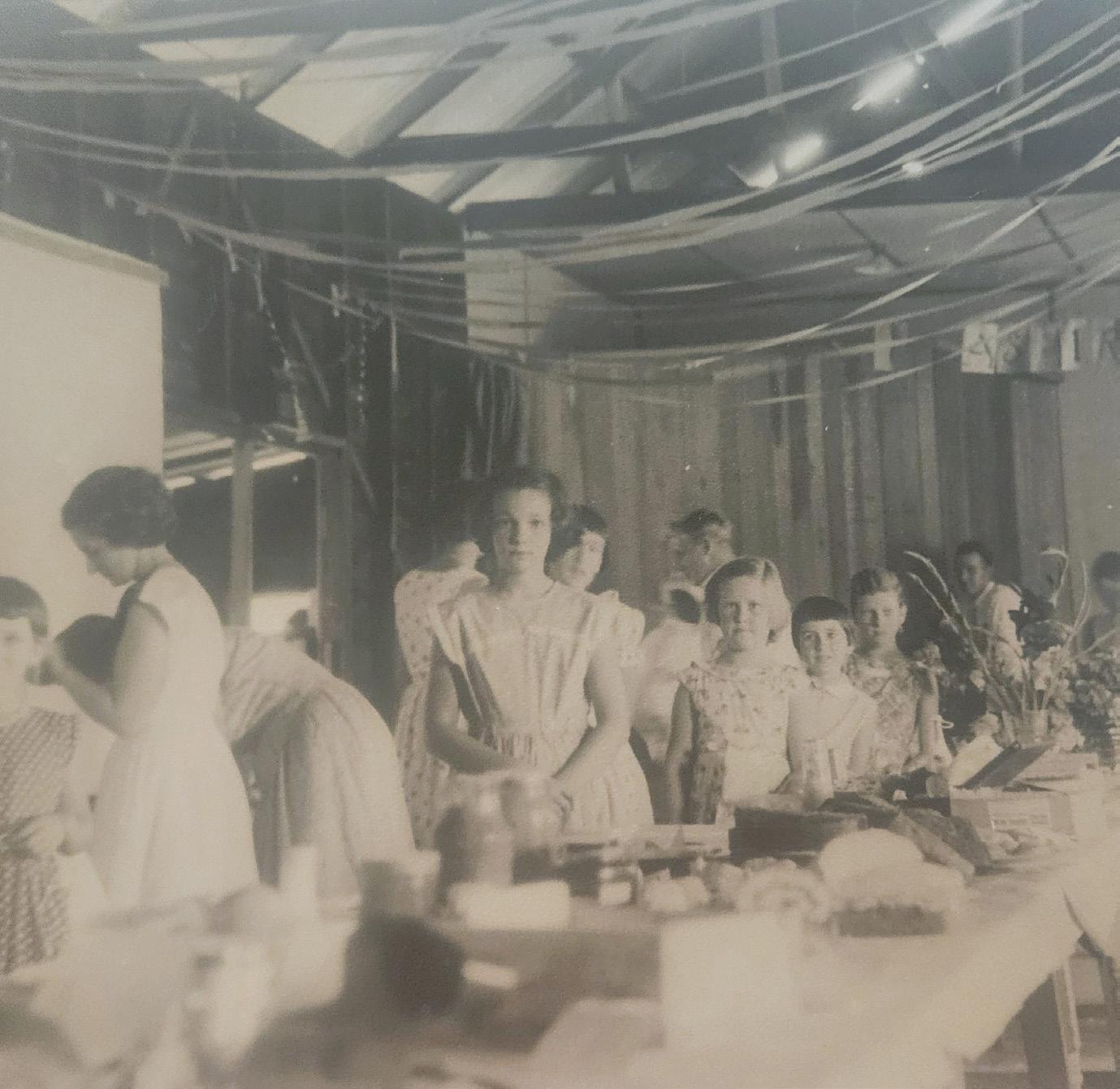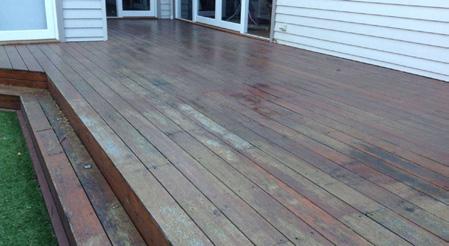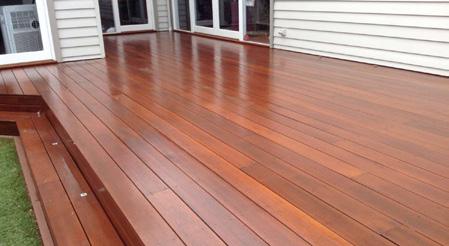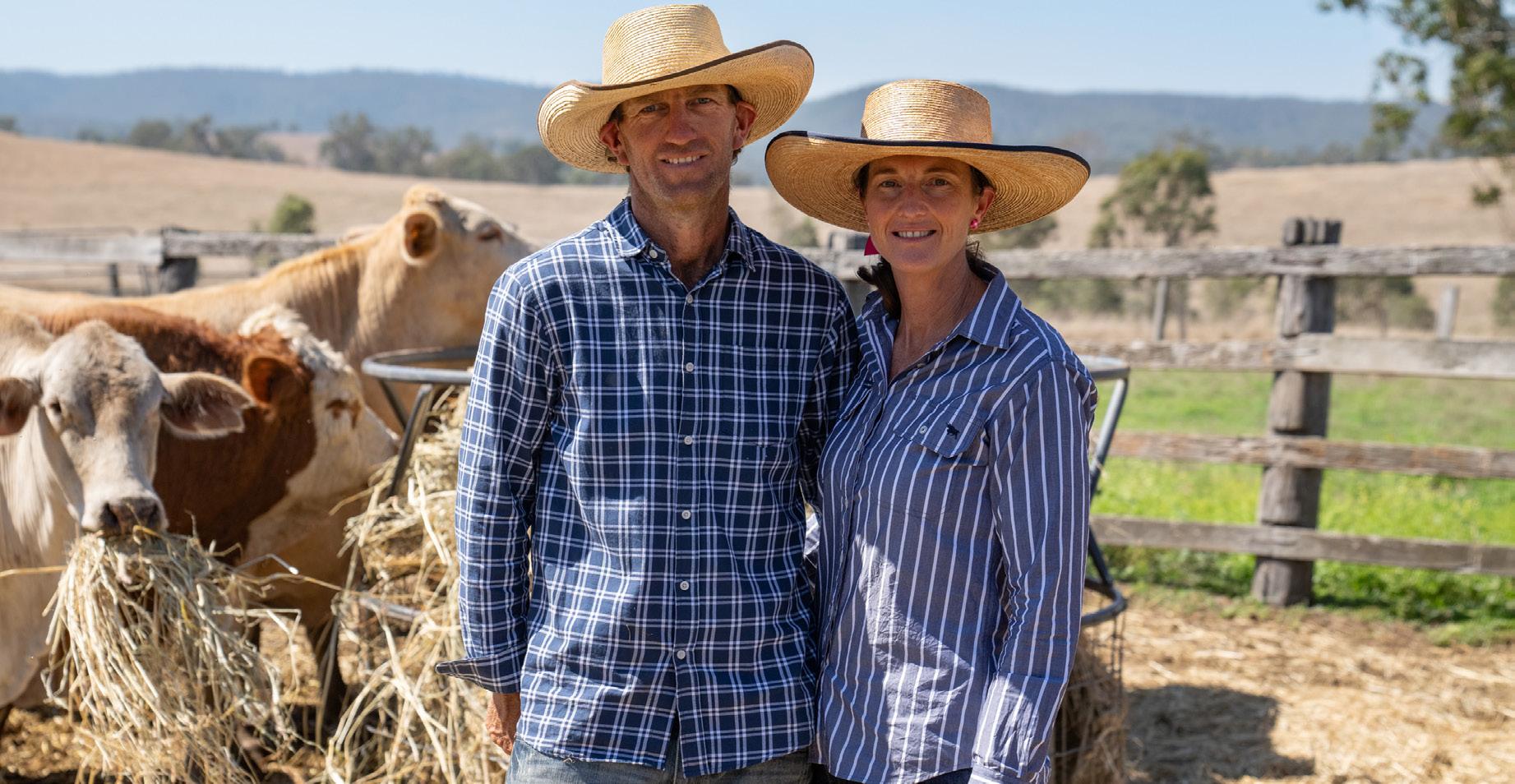
4 minute read
Free webinar for farmers to learn how RIC loans can help rebuild and recover from severe business disruption
Australian Government farm business lender, RIC (Regional Investment Corporation) is hosting a free webinar on 18 September 2024 for farmers, advisers and agriculture industry representatives to learn more about how RIC’s low-cost Farm Investment Loan can help support farm businesses to rebuild and recover after severe business disruption.
RIC Chief Executive Offcer, John Howard, said RIC’s Farm Investment Loan is aimed at supporting farmers who have experienced signifcant fnancial downturn, as a result of an unforeseen disruption or cumulative impacts to their business.
“Our Farm Investment Loan recognises that unexpected business shocks outside a farmer’s control can play havoc with fnancial plans. With a low variable interest rate and interestonly terms for the frst fve years, RIC loans can provide some fnancial relief to help farmers get back on their feet,” Mr Howard said.
“To be eligible for a Farm Investment Loan, farmers need to show their underlying business is solid, but that they need help to recover following an event that has fnancially impacted their business, like drought or other natural disasters, or even a biosecurity event.
“More than 100 people from across the country have already registered to learn more from our specialist Agri Lending Manager and one of our customers who will share their experience,” Mr Howard said. Queenslander cattle grazier Rachael Lehmann is pleased to join the webinar to help other farmers learn more about how she and her husband Dane benefted from a RIC Loan. She will share how their lowinterest loan supported their recovery and helped improve their business after experiencing drought and successive natural disasters.
The RIC Farm Investment Loan enabled them to refnance part of their existing commercial debt to RIC’s concessional variable interest rate.
This allowed the business to improve cash fow, enabling them to recover faster and move forward. “The change in interest rate is quite a substantial amount of money for us, so it has taken the pressure off. It just meant that we were going to have the opportunity to get ahead.
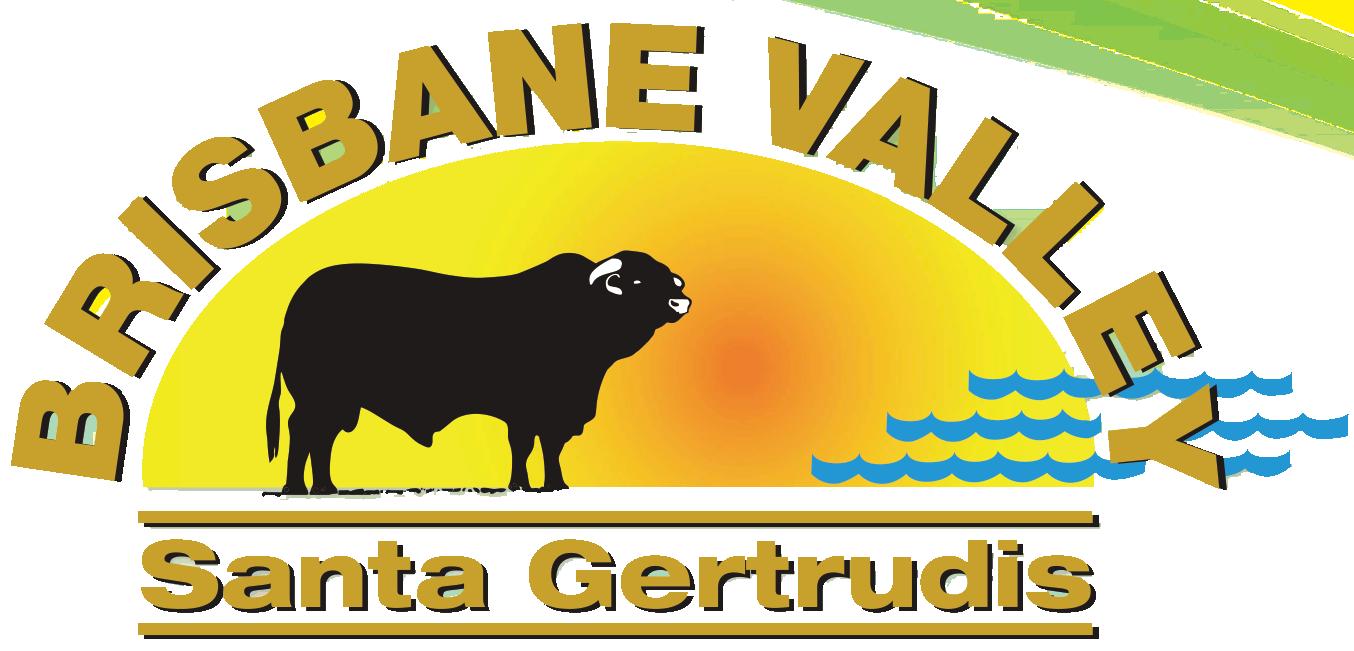
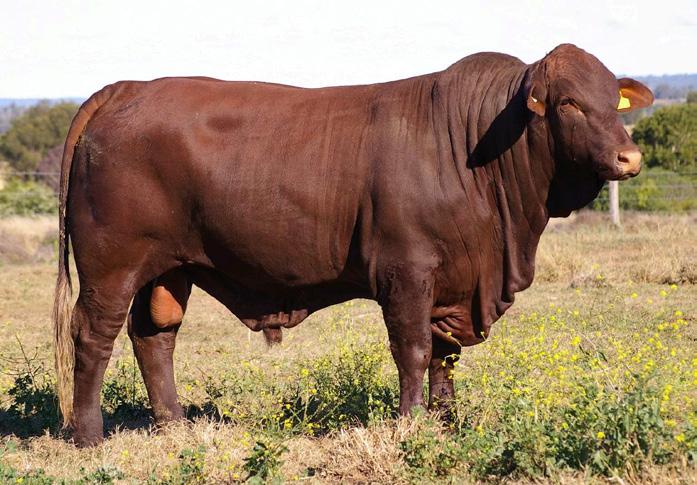
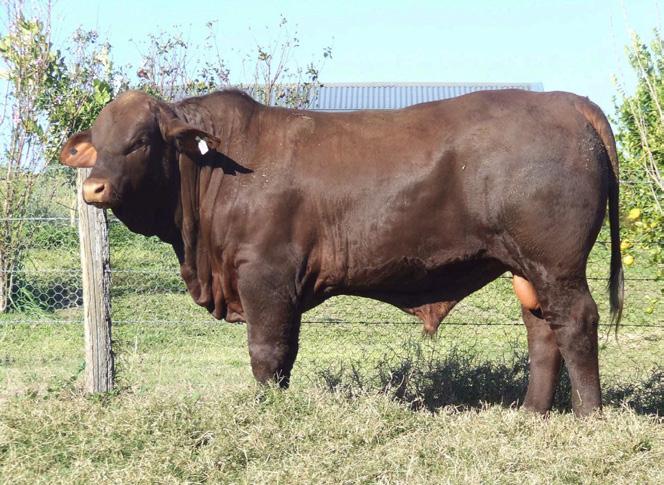
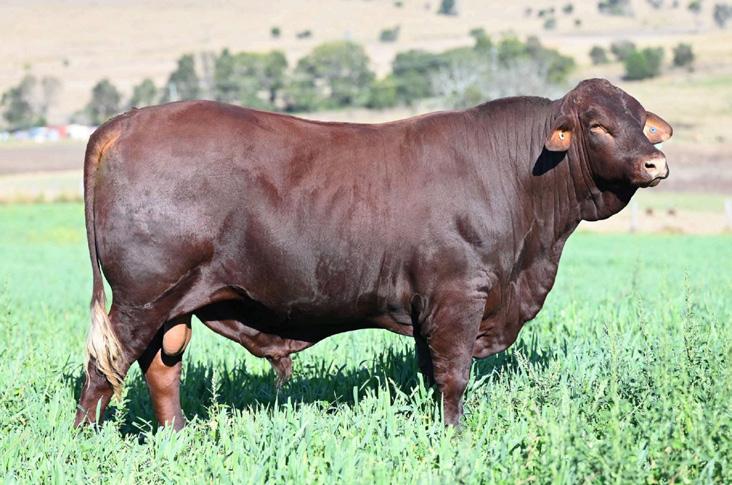


“It’s a huge step up for us and it will have amazing onfow effects for our cost of production and that’s very exciting,” Rachael said.
The Farm Investment Loan provides up to $2 million over a 10-year term with the frst fve years interest only followed by principal and interest for the remaining fve years.
The current variable interest rate is 5.18 per cent and there are no fees to apply, make extra repayments, or for early loan repayments.
The free webinar is on 18 September 2024 from 12pm-1pm AEST, to register visit www. ric.gov.au/events.
For more on the Farm Investment Loan visit www.ric.gov.au/farminvestment.
Read more about Rachael and Dane Lehmann’s story at www.ric.gov.au/ customer-stories.



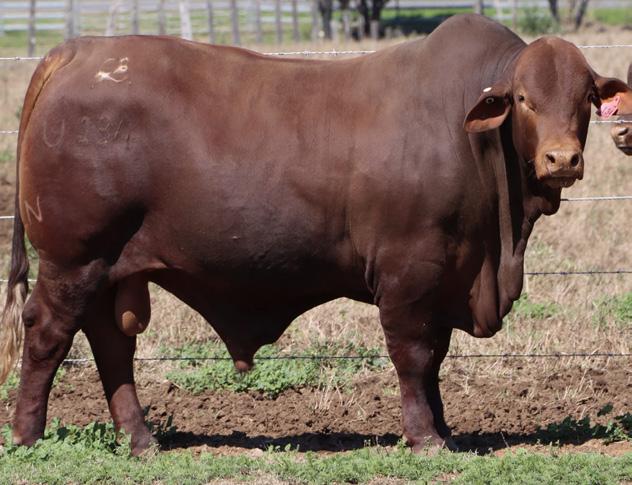
By Helen Trustum

Busby’s fat was named after Mr Busby, who in 1838, while droving sheep, grazed his fock there for several months. Mr Luke was the frst selector. He selected 300 acres but after three years he sold to Mr George Lollback Snr. In 1871,
Mr Lollback acquired additional land. At that time numerous horse teams were engaged in carrying goods from Lawrence to Tenterfeld. Mr Jacob Lollback was the frst child born at Busby’s Flat. The Subsidised School was erected in 1911. Miss Violet Cowan was the teacher. At the Subsidised School for the June quarter the enrolment was 8. The only families that could attend were Clarks and Schielers. On 14th September 1912 Thomas Cole wrote to Mr C.A. Lee MLA to gain support to have a Provisional School at Busby’s Flat.
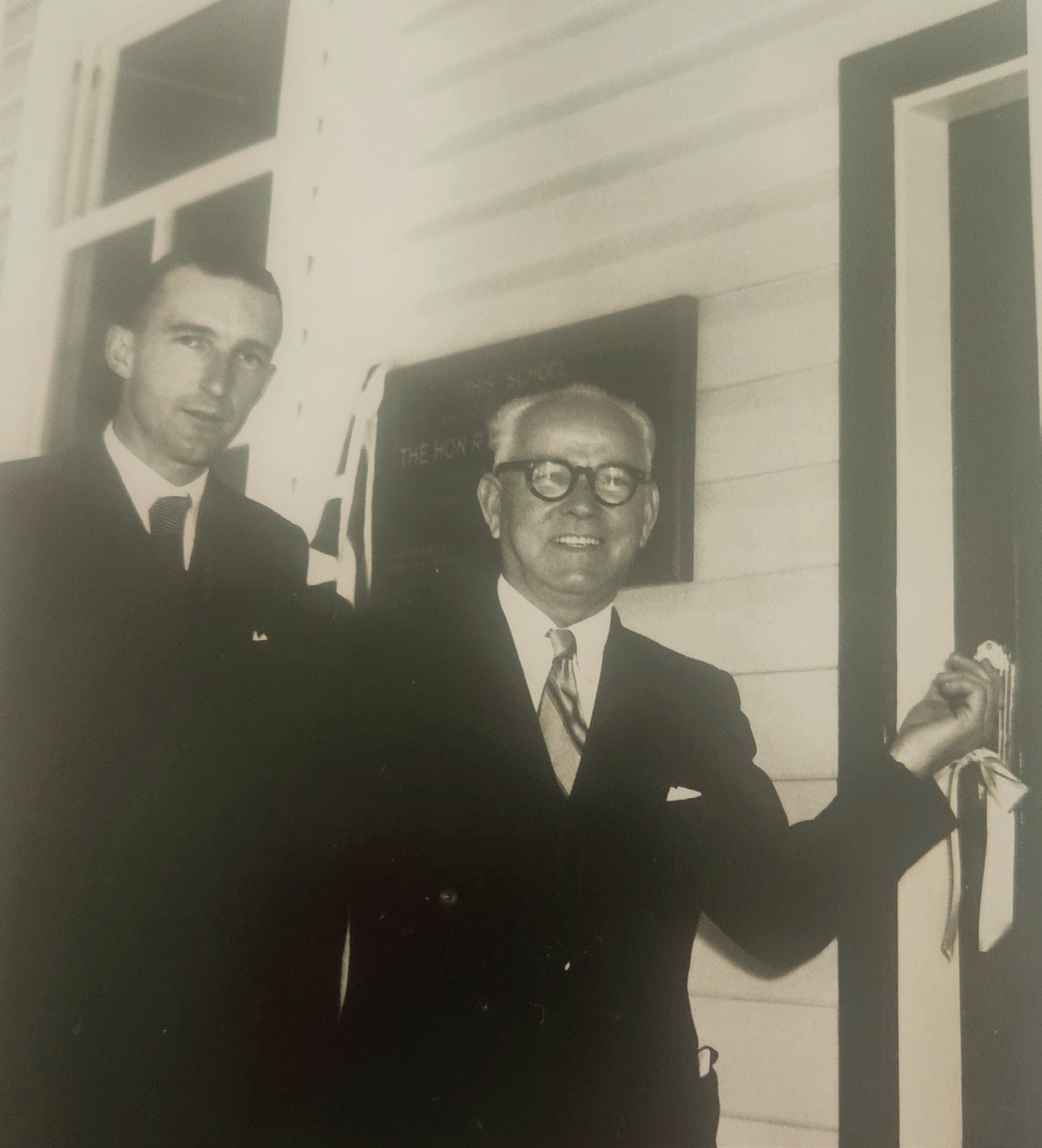
He stated a sawmill was built near the proposed site and that should attract more children. Recommendations were approved on 5th May 1913. A tender was let to Arthur Thomas Townsend who was employed at the mill to construct a school costing 75 pounds.
William H. McMullen began teaching in the new Busby’s Flat Provisional School building on 29th September 1913. He was accounted as a trustworthy and earnest young teacher. Mr McMullen enlisted in the First War and was killed in action in
November 1915. Most of the children rode horses to school. There was no horse paddock so on 7th June 1929 the secretary of the P & C Victor Lollback sought 2 acres beside the school to house the horses during school hours. School numbers began to fall and on 27th August
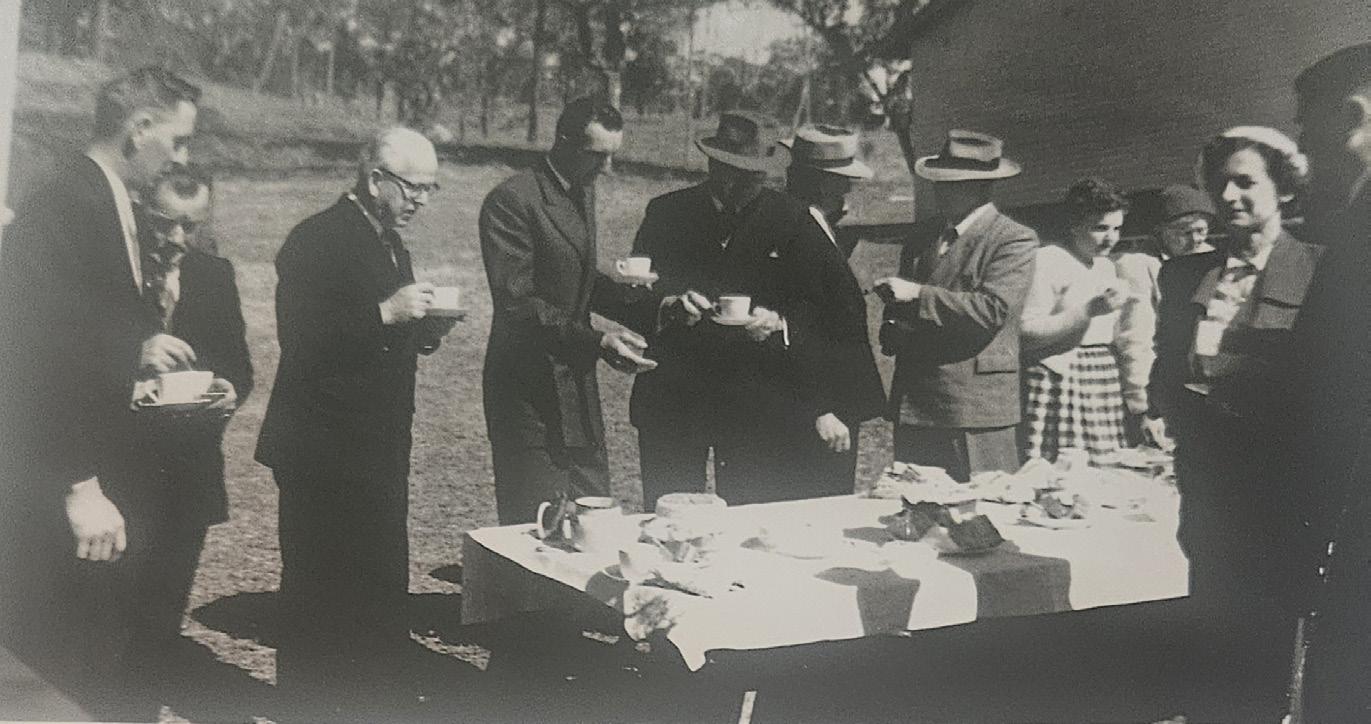
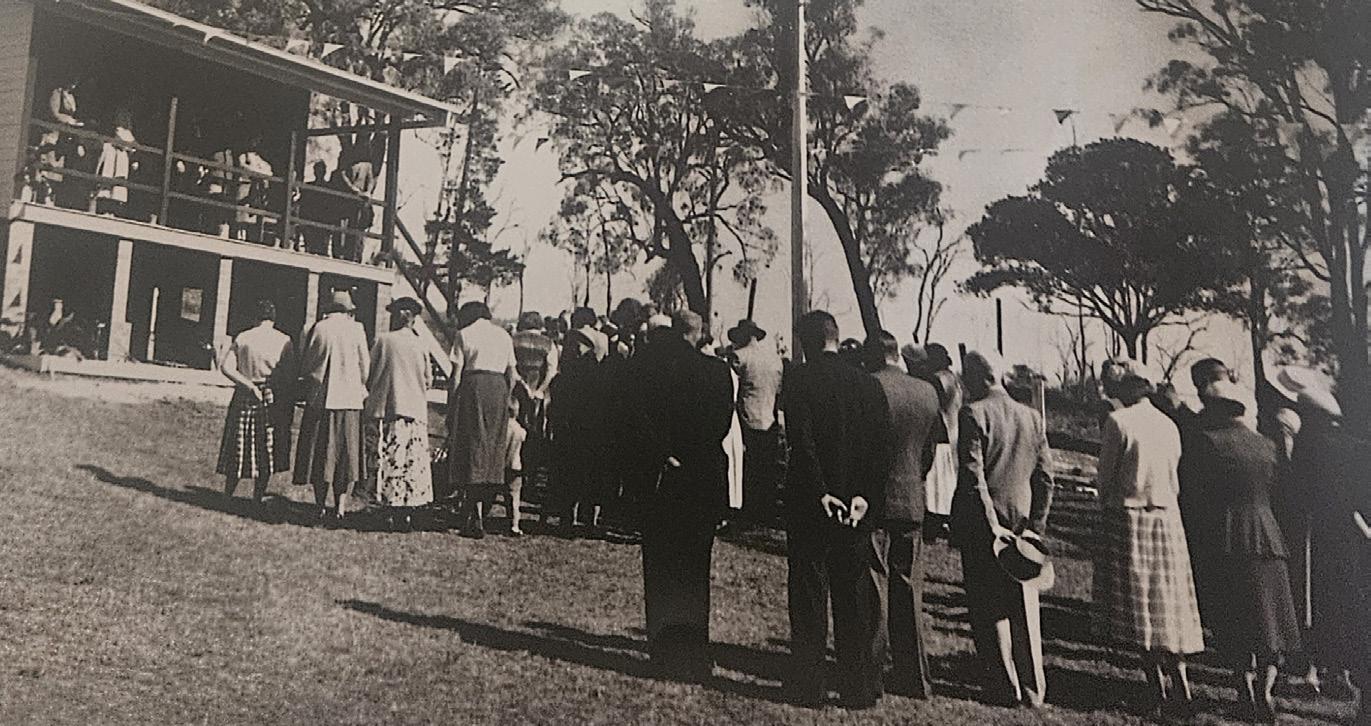
By Helen Trustum

1942 and the school closed. The building was removed for use at Tabulam Public School. Another surge in numbers of local children required the school to be opened in 1951 but they had no building as it was shifted to Tabulam. Lessons were held in the Busby’s Flat Hall supper room. A new school was built by local contractor Mr A.G. McGrath. The new building was opened on 20th July 1955 by the Minister for Education Mr R. J. Heffron. From
1st September 1955 the school was known as the Busby’s Flat Public School. The Busby’s Flat Public School closed its doors on 25th May 1965 once again after only 10 years of education in the new building.
The Busby’s Flat Hall was built in 1927. It was built on land owned by Mr Jacob Lollback, a Parish of Wyan. Mr John Farrow from Upper Mongogarie was the builder. The hall was always known for its excellent foor, which was taken from a tallowwood tree grown on the property. Before Busby’s Flat had their hall, dances were held in the home of Richard and Agnes Townsend. Richard’s parents, Harry and Elizabeth Townsend were pioneers of Busby’s Flat who selected there in the early 1880’s.
Busby’s Flat Committee Members were:
President – Mr R. Collis; Secretary / Treasurer – Mr R. Hutchinson; Committee – Mesdames B. Cole, D. Lollback, E. Hutchinson,
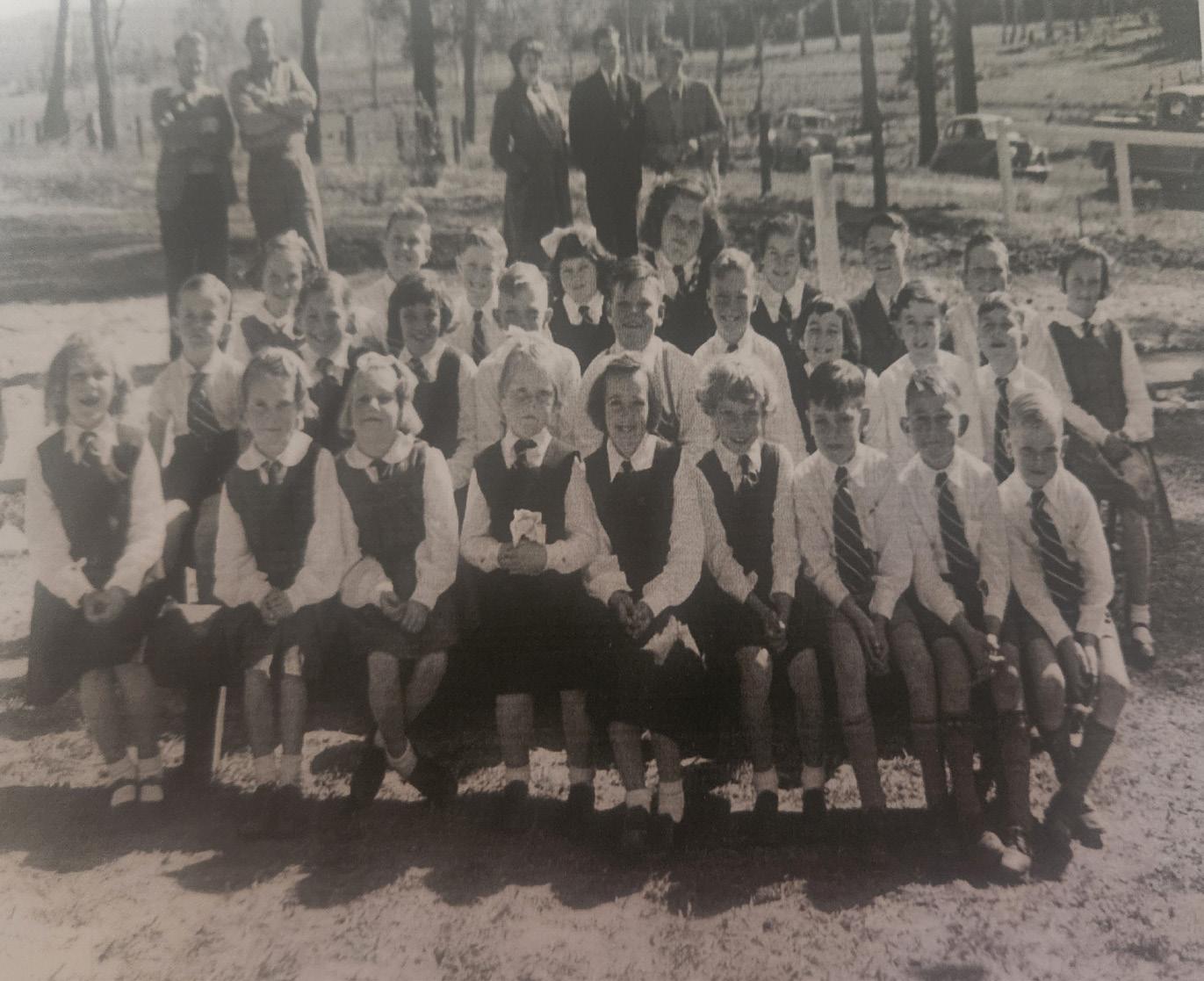
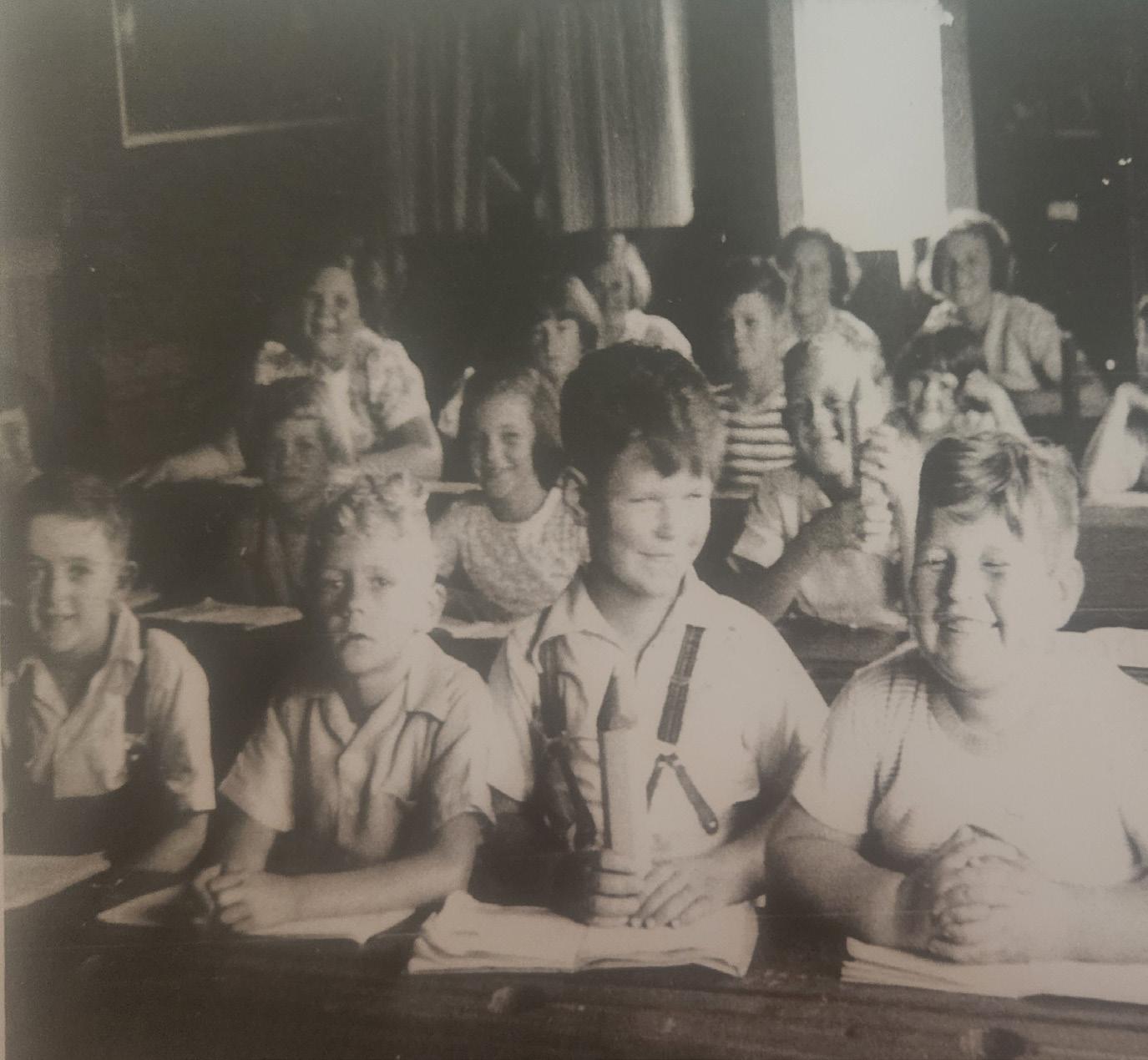
M. Bulmer, L. Collis, A. Hoult, Messrs. C. E. Cole, E. R. Gifford, H. Lollback, R. Bulmer, R. Hoult and M. McGrath.
A “switching on” dance for electricity was held on 8th September 1961. President of the Tomki Shire Mr Norman Holmes was asked to switch on the lights at 9pm. The Three Musketeers were asked to play with Mrs Betty Cole and Mr Brian Hoult as they had done so for many years. It was nonstop music.
A general meeting held at Ray and Monnie’s residence on 7th Feb. 1962 where 50 pounds ($100) was handed over to the hall committee from the sports club.
Kitchen teas were held for Miss Jeanette Lollback and Mr Ken Lyons on August 25th 1962, Miss Elvie Wilson and Mr Jim Owen on July 26th 1963, Miss Pam Collis and Mr John Murphy on September 10th 1965.
The Busby’s Flat Hall closed in 1974, where the building was pulled down by Mr Con Taylor and transported to the Lewellyn’s Property at Leeville. St Michaels and Richmond Home for the Age (Richmond Lodge) each received $177.74 from the hall funds. Included was $80 for the sale of the building.
Ref: Busby’s Flat Hall Minutes Book, Century of Education in The Leeville Locality 1888 – 1988, Keith Cole, Busby’s Flat, Ray and Monnie Bulmer November 1997.
